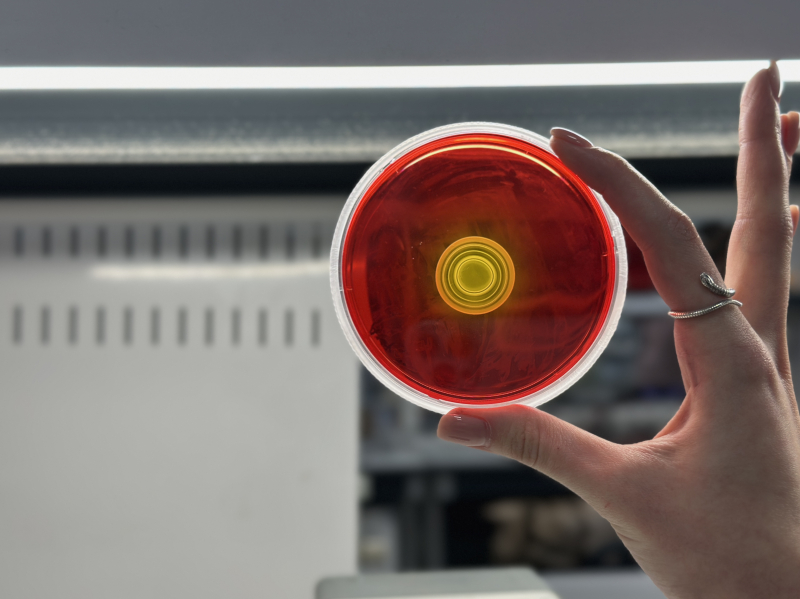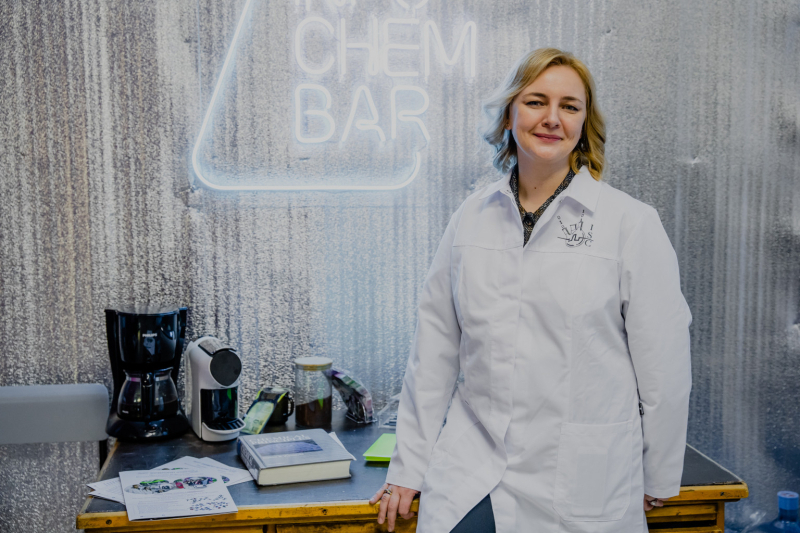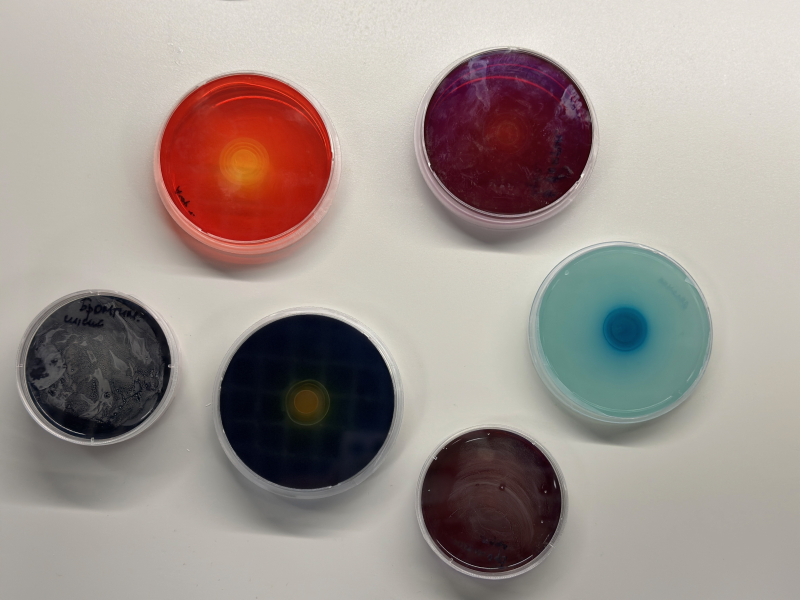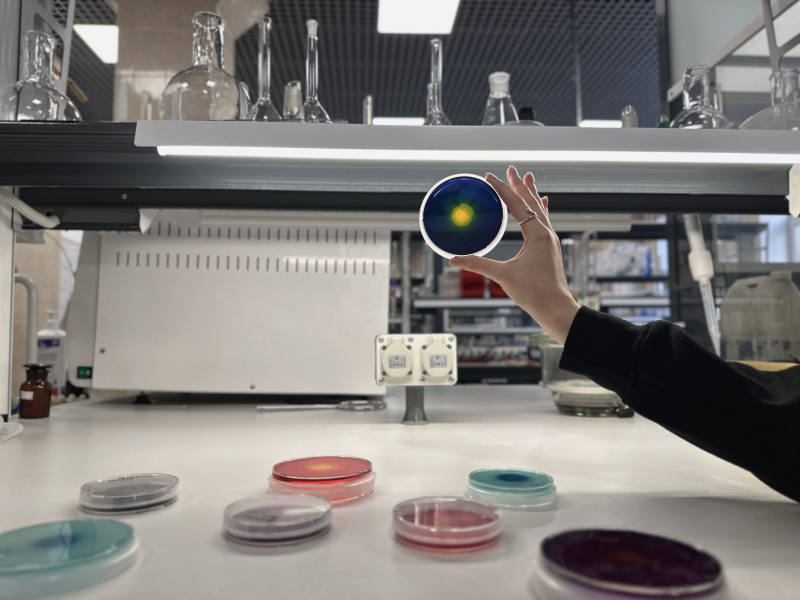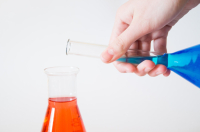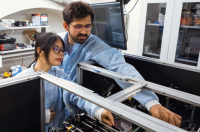With the origin of life still unknown, scientists are trying to unravel the mystery by creating the first self-sustaining synthetic units of life capable of growth and reproduction. To make it happen, they disassemble living cells and examine the biochemical reactions that occur inside them. However, none of the experiments tried so far have succeeded.
According to the primordial soup theory, formulated by Alexander Oparin, the first forms of life originated from compounds in the atmosphere – water vapor, ammonia, methane, and others – under the influence of solar radiation, lightning strikes, and the Earth's heat.
A research team headed by Prof. Sergey Semenov, comprised of scientists from ITMO’s Infochemistry Scientific Center and the Weizmann Institute of Science, has partially confirmed the idea of the primordial soup. The researchers developed and computationally described a chemical system that launches the self-assembly of coacervates, charged polymer molecules, in a way resembling the behavior of living organisms.
“The proposed solution is a cascade of chemical reactions, including autocatalysis (molecular reproduction), phase separation (formation of several phases in an aqueous solution), formation of droplets in water, and coacervation (grouping of the resulting charged macromolecules). Imagine a sort of chemical “soup,” which consists of molecules of different substances that interact with one another and thus give rise to a new molecule. Then this molecule “reproduces” and interacts with other particles, initiating the formation of coacervates. At this point, the reaction continues on the inside, not in the soup, which affects its speed. In these reactions, sulfur, guanidines, and charged polyacids interact with one another – with no need for any intervention on our part,” explains Ekaterina Skorb, the head of ITMO’s Infochemistry Scientific Center.
To describe the entire scope of these reactions, the team turned to molecular dynamics – a type of computer simulation that helps analyze the movements of molecules at every stage. The researchers believe that further study of their method, which makes it possible to obtain more complex multicomponent structures from small molecules, may help reveal the mystery of life on Earth and bring scientists closer to the creation of artificial cells. Additionally, the technology may be of use for targeted drug delivery due to the specific nature of its reactions, which occur gradually and in a confined space.
The study is supported by the Russian Science Foundation and the federal program Priority 2030.
